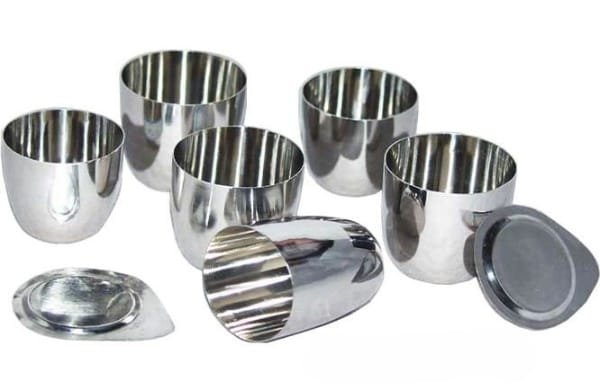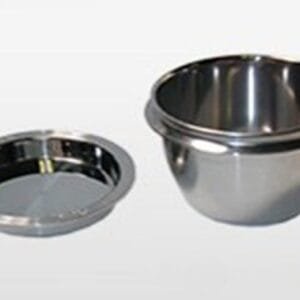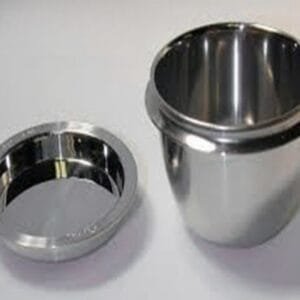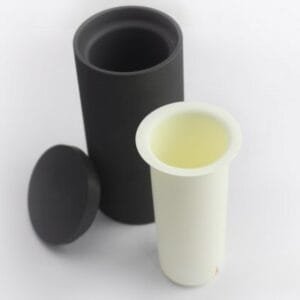Niobium Zirconium Crucible Description
Material: RO4261
Purity: Nb-1Zr (99% pure niobium, 1% pure zirconium)
Our premium niobium-zirconium crucible is engineered for excellence and is predominantly utilized in the metallurgical, chemical, machinery, glass, and ceramic industries. We also offer customized purities to meet specific requirements.
Niobium Zirconium Crucible Specification
| Catalog No. | NB0022 |
|---|---|
| Size | Cylinder Cone and Boat |
| Material | R4251 (Nb-1Zr) R4261 (Nb-1Zr) |
| Purity | 99.9% 99.95% 99.99% |
| Surface | Polished |
Niobium Zirconium Crucible Packaging
Our high performance Niobium zirconium crucibles are wrapped in foam and packaged in plywood cases to ensure safe storage and transportation.





Reviews
There are no reviews yet.